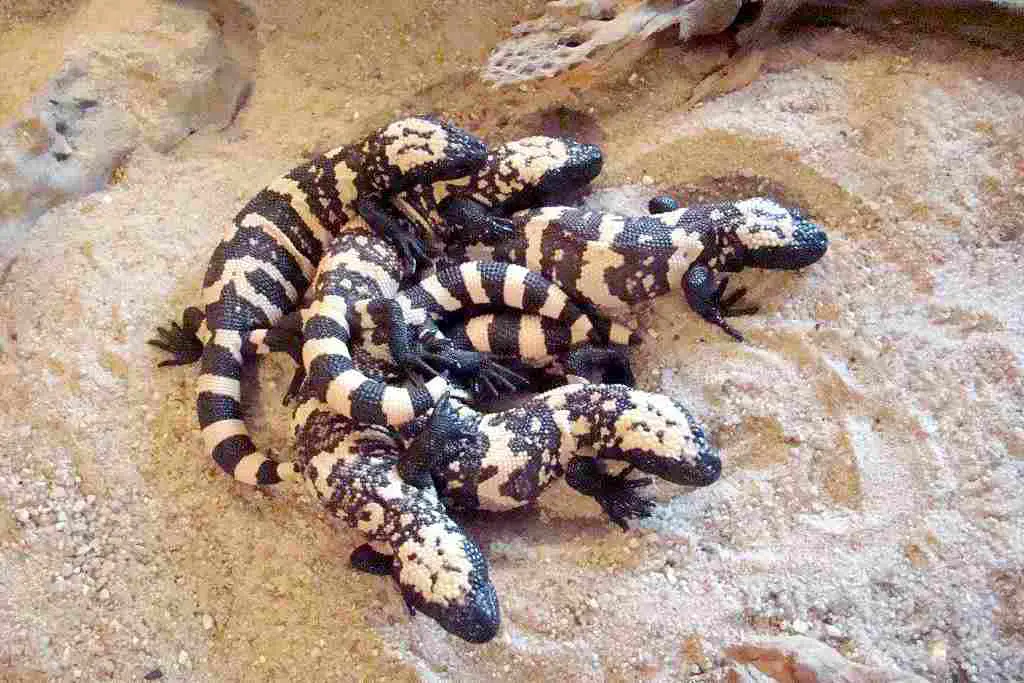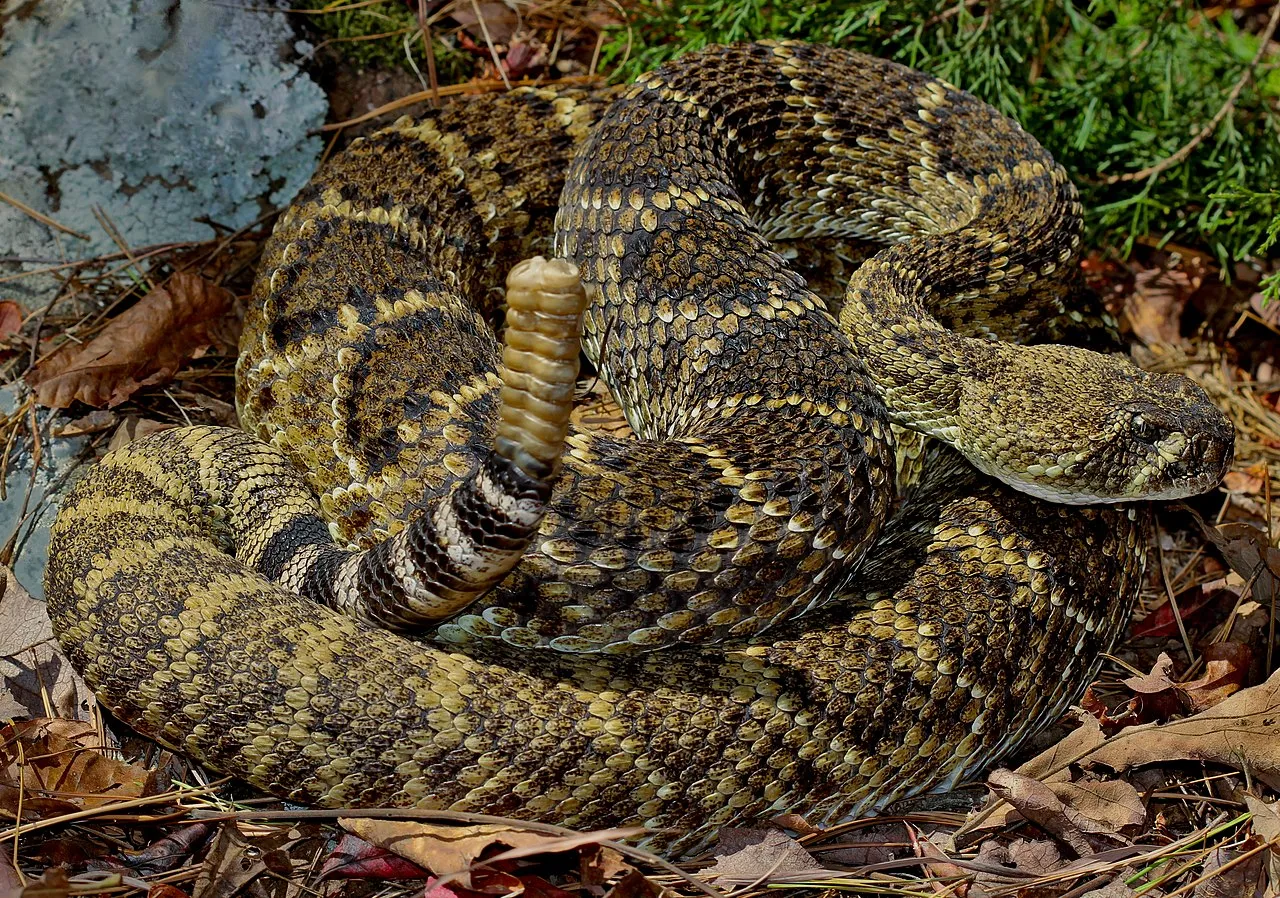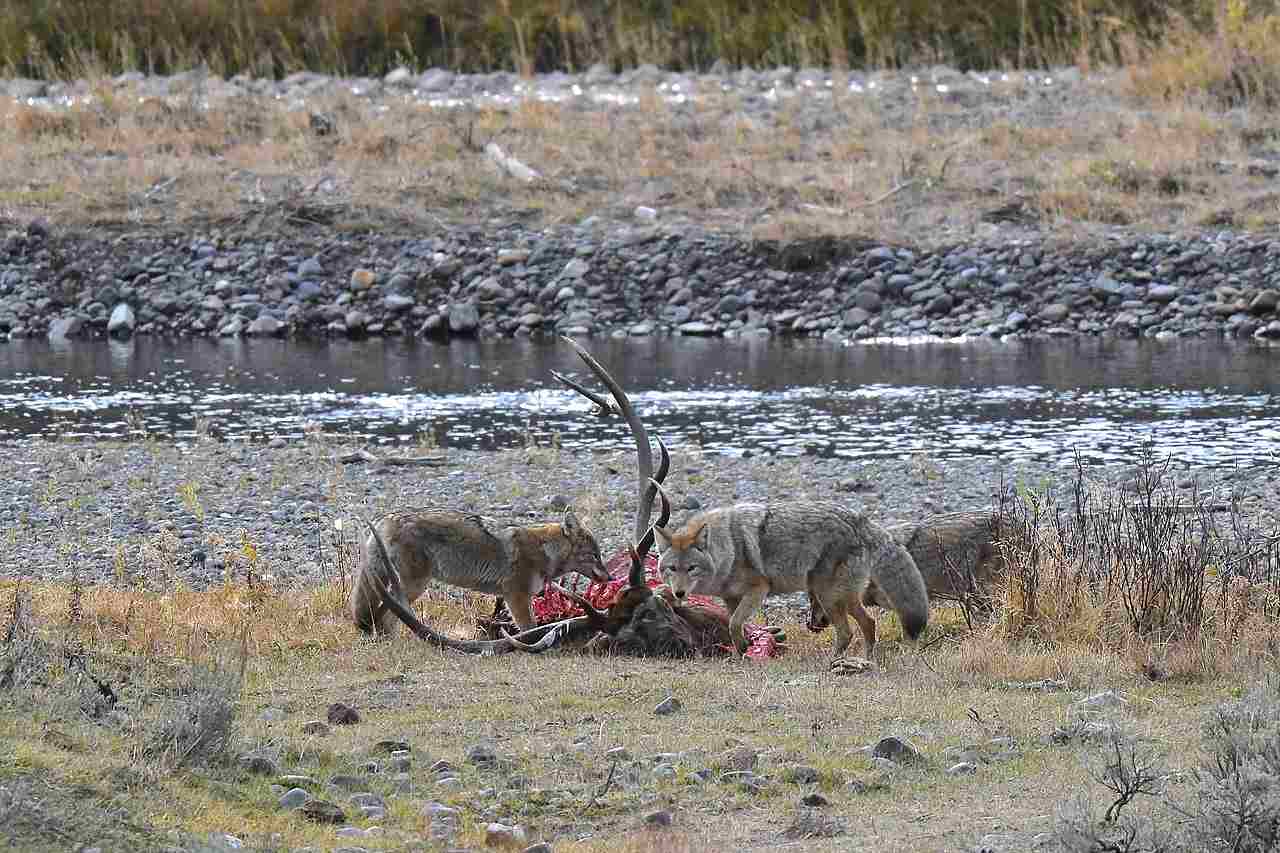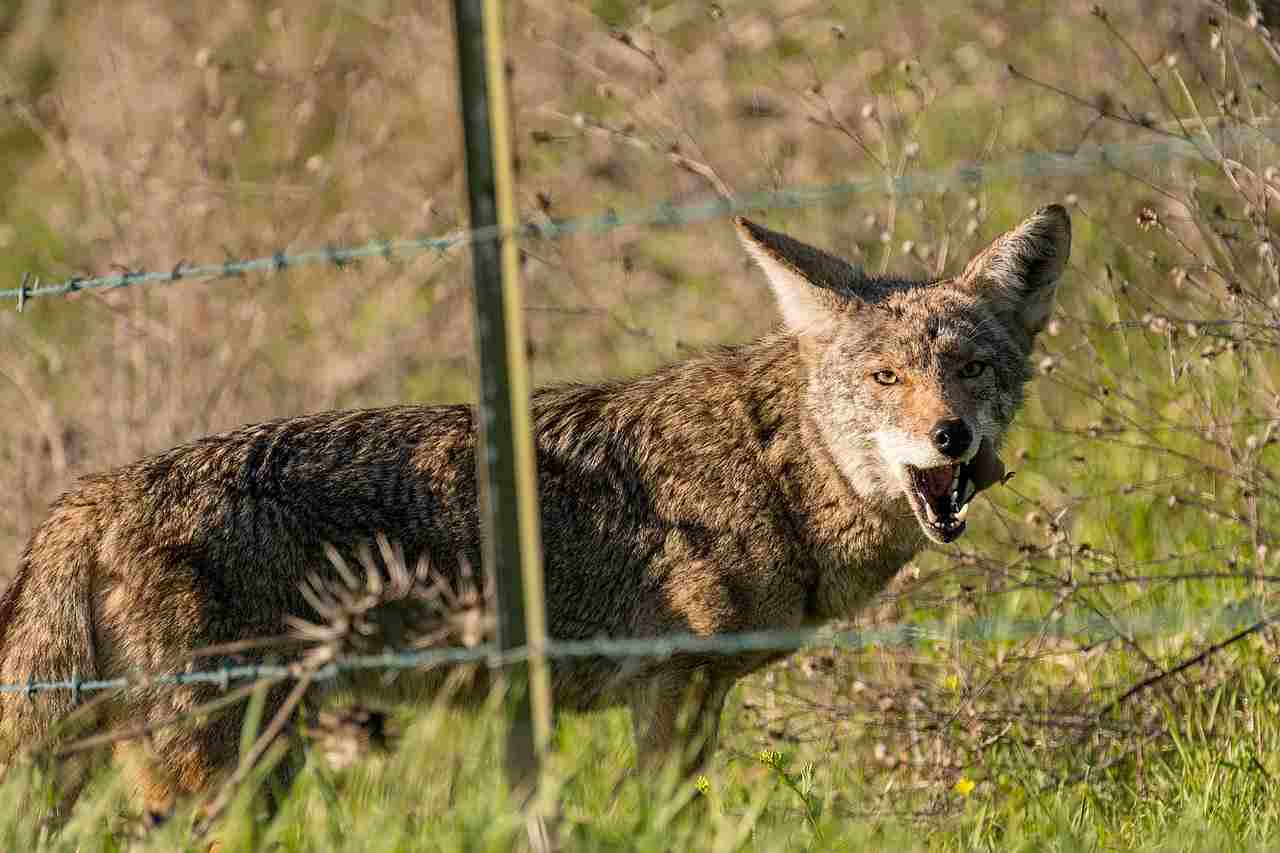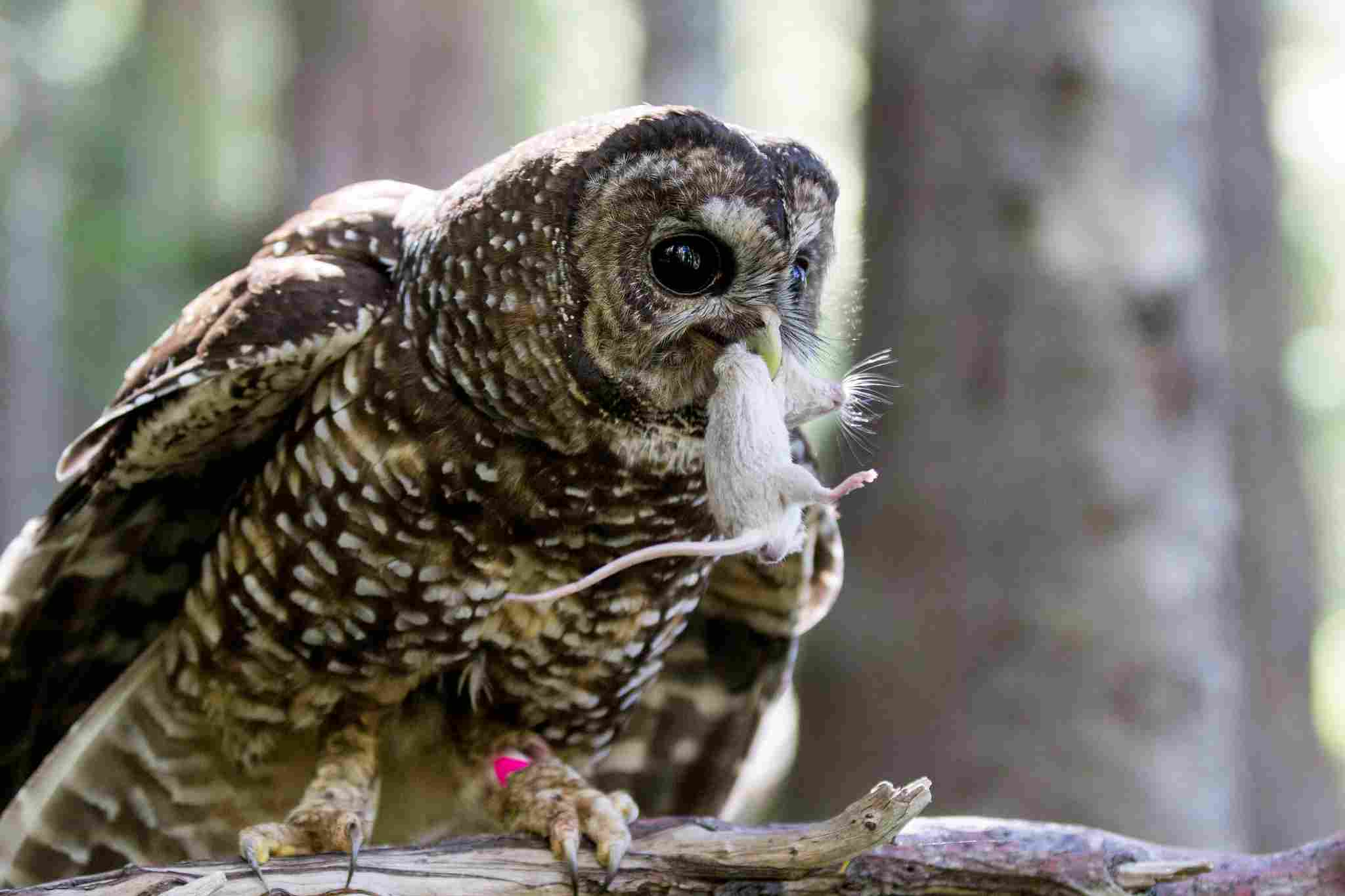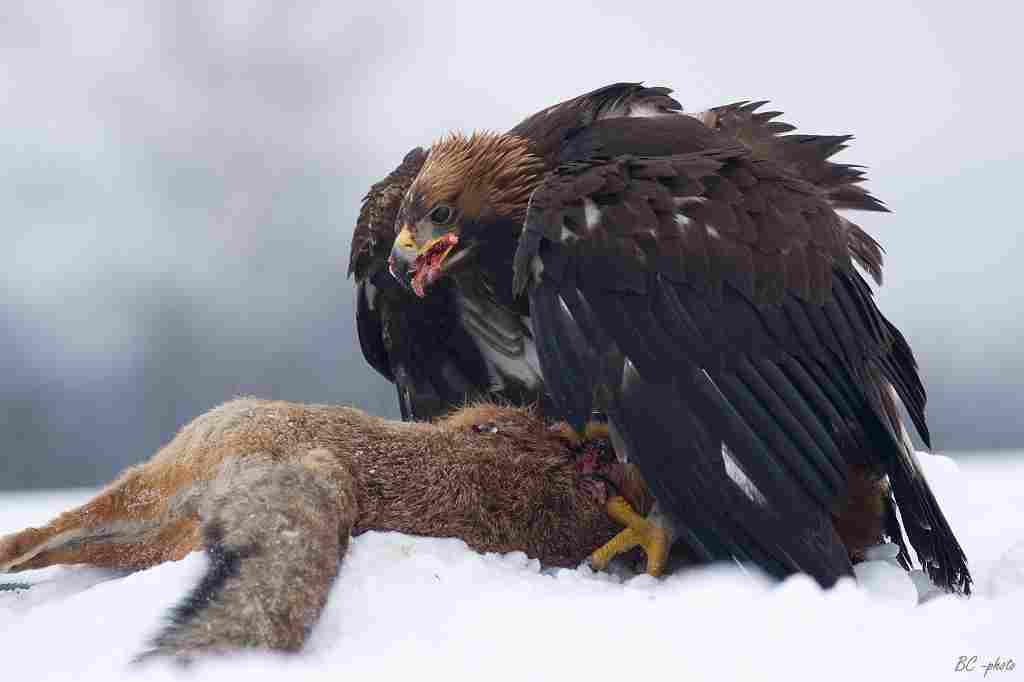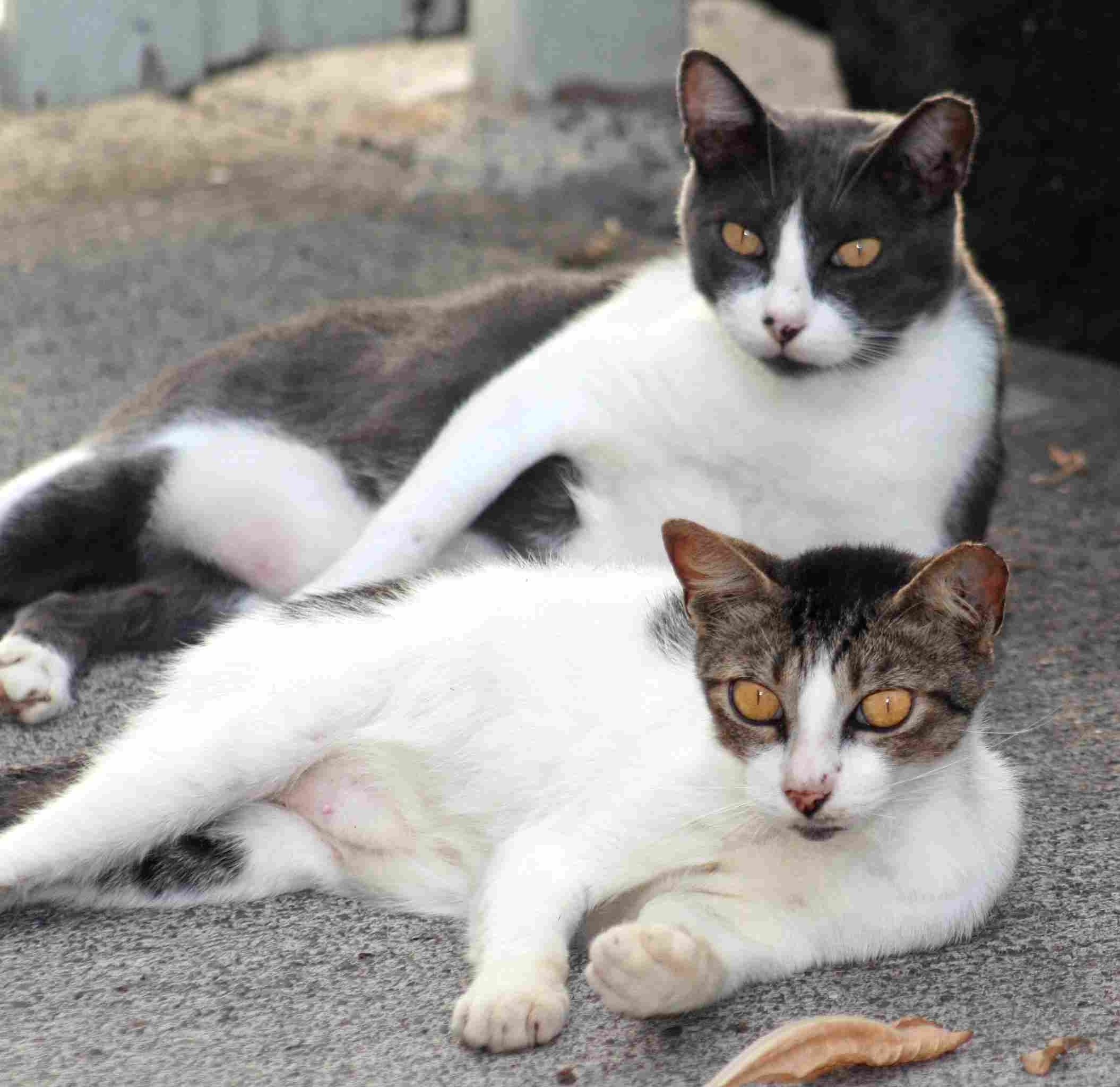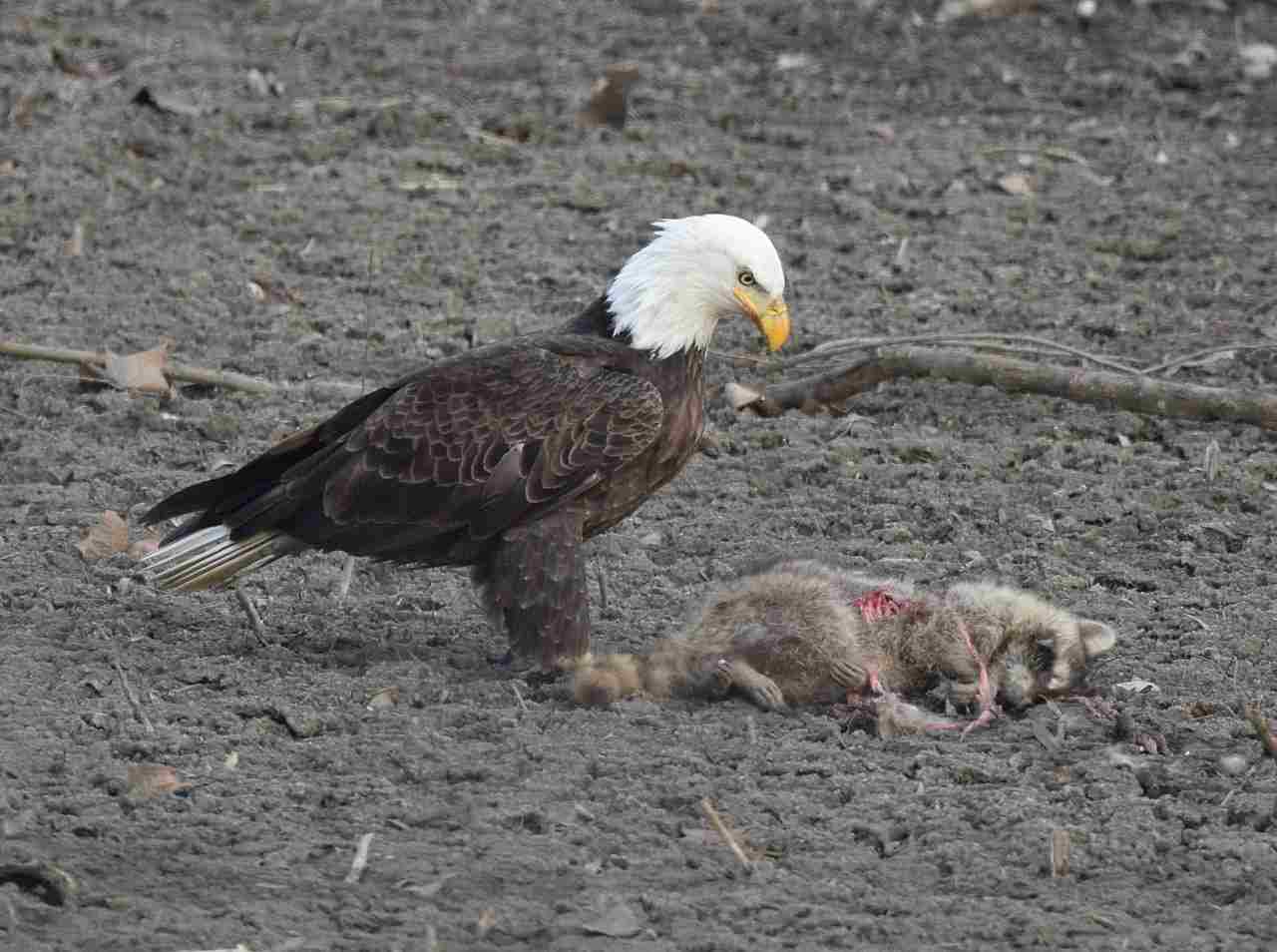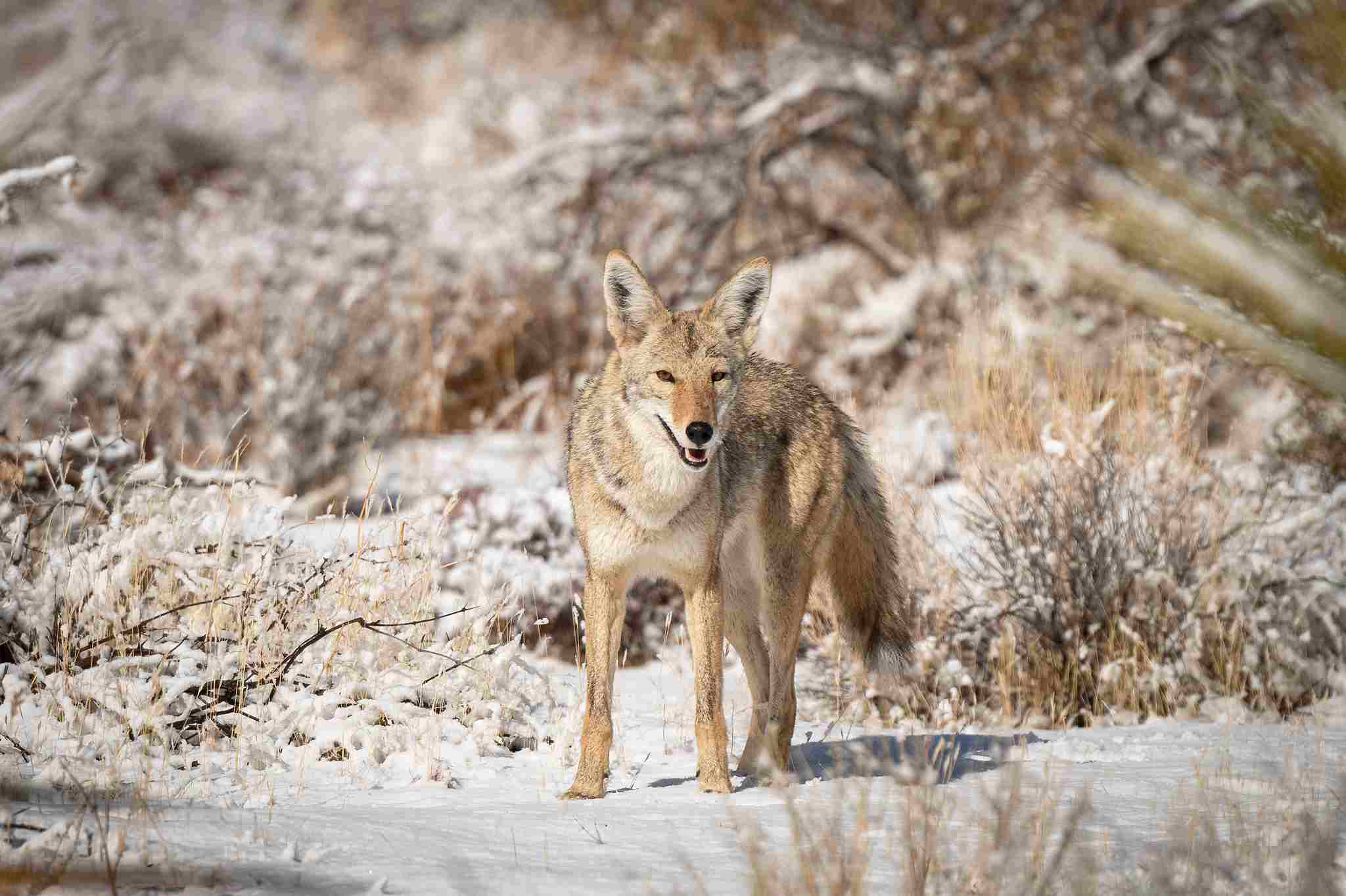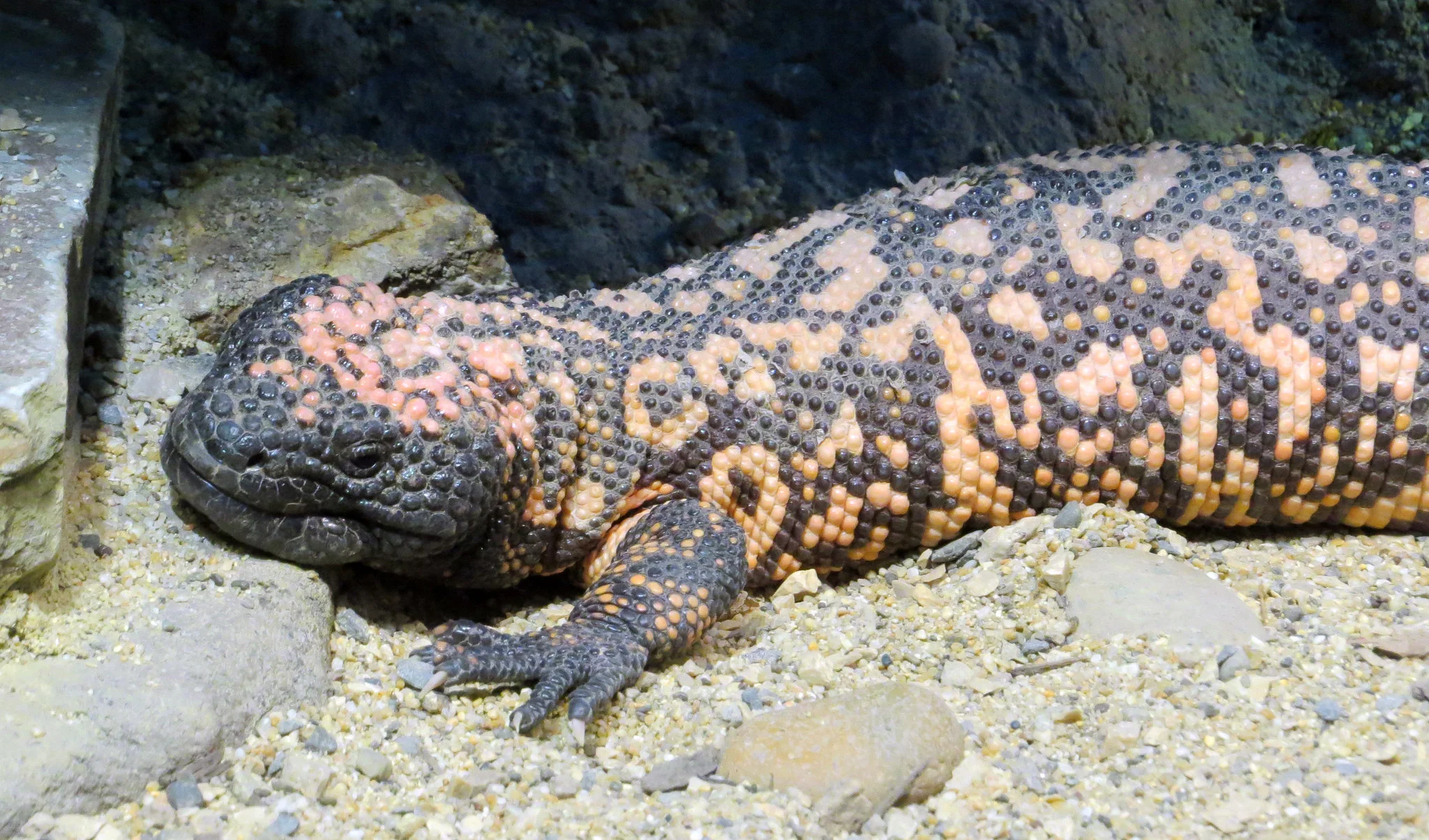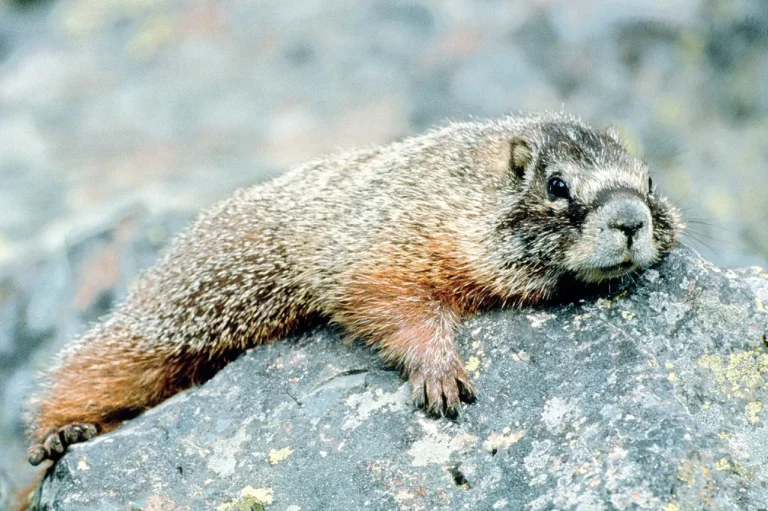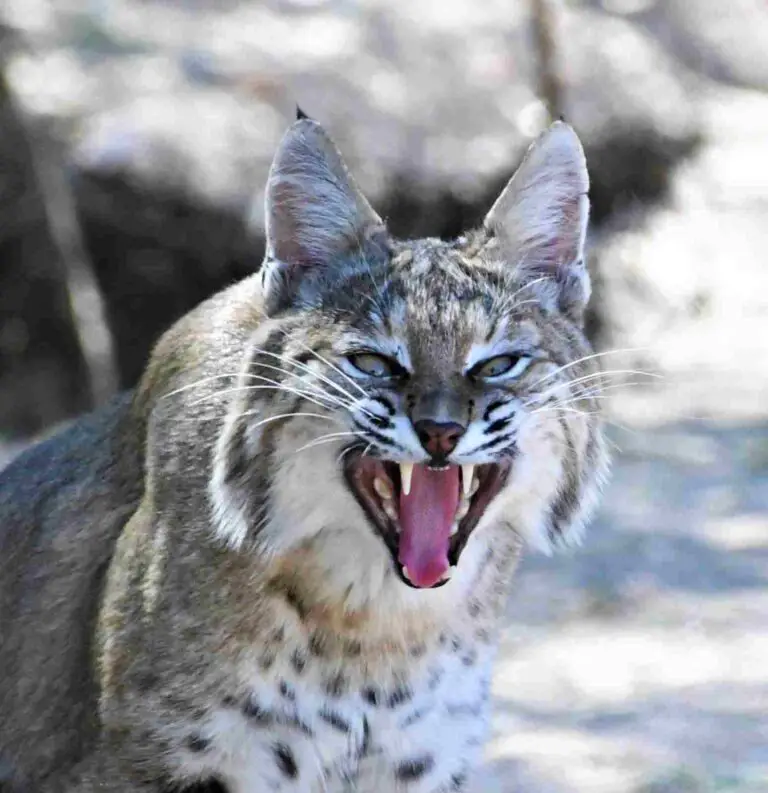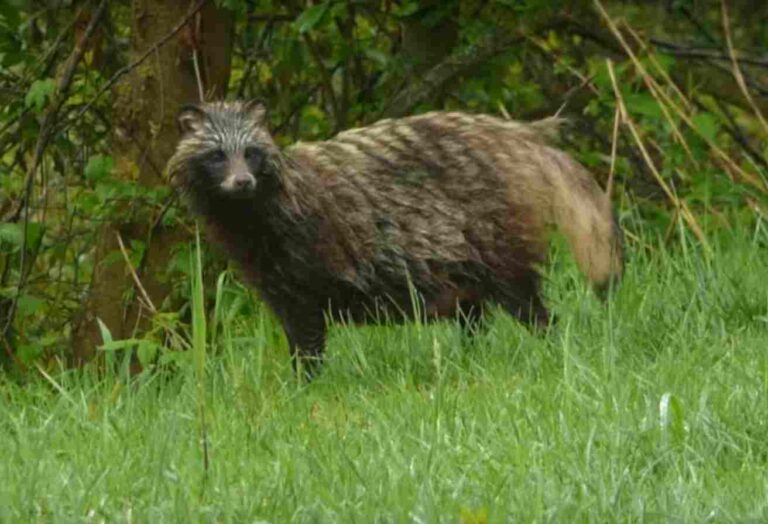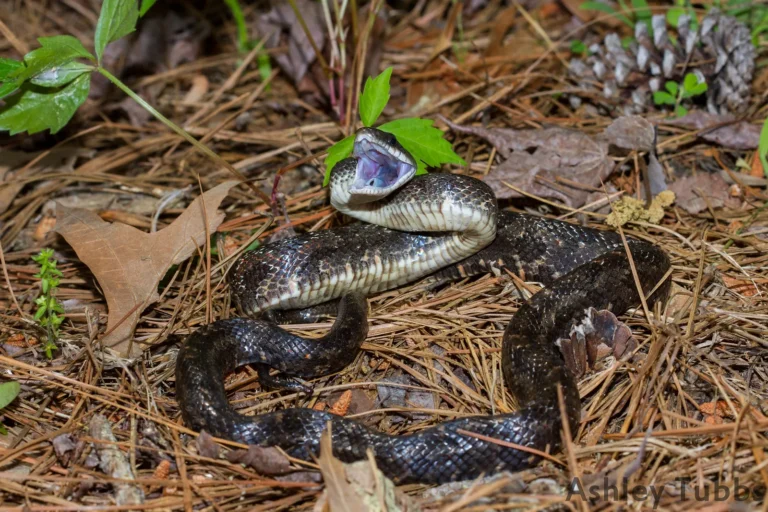9+ Predators In Utah And Their Characteristics Discussed
Examples of predators in Utah include coyotes, which are adaptable and social, and American black bears, which hibernate during winter and are managed to reduce human-bear conflicts. Rattlesnakes, such as the Great Basin rattlesnake, are venomous but usually avoid humans. Mountain lions, the largest predators in Utah, primarily feed on deer but sometimes come into contact with humans. Other predators include black widows, Gila monsters, barn owls, eagles, hawks, foxes, and feral cats, each with unique diets, behaviors, and management strategies.
1. Coyote
The coyote (Canis latrans) is one of the most adaptable and widely distributed predators in Utah. Known for their cunning and intelligence, coyotes thrive in a variety of habitats, from deserts and forests to urban areas. These opportunistic feeders have a varied diet that includes small mammals, birds, reptiles, insects, and even fruit or human-generated waste. Coyotes play a significant role in the ecosystem by controlling rodent populations, but they can also pose a threat to livestock and pets, leading to conflicts with humans.
Coyotes are social animals, often forming family groups consisting of a breeding pair and their offspring. They communicate through a complex system of vocalizations, body language, and scent marking. Despite being extensively hunted and trapped, coyotes continue to expand their range, demonstrating remarkable resilience. In Utah, they are common across the state, with populations increasing in suburban and urban areas, where they have learned to coexist with human development. However, this adaptability sometimes leads to challenges in managing coyote-human interactions.
2. American Black Bear
The American black bear (Ursus americanus) is Utah’s only bear species, inhabiting forests, mountains, and some desert areas. These bears are generally shy and reclusive, preferring dense vegetation where they can find food and shelter. Their diet consists of a wide variety of foods, including fruits, nuts, insects, fish, and occasionally small mammals. Black bears are known for their ability to adapt to different environments, but their increasing presence in areas near human activity has led to occasional encounters and conflicts.
During the fall, black bears enter a phase called hyperphagia, where they consume large amounts of food to build up fat reserves for hibernation. They typically hibernate during the winter months, emerging in the spring to seek food. In Utah, black bears are managed through regulated hunting and conservation programs aimed at maintaining a healthy bear population while reducing human-bear conflicts. As with many wildlife species, the key to peaceful coexistence with black bears lies in educating the public about proper food storage and reducing attractants in bear-prone areas.
3. Rattlesnake
Rattlesnakes are among the most well-known reptiles in Utah, with the Great Basin rattlesnake (Crotalus lutosus) being one of the most common species. These venomous snakes are found in various habitats, including deserts, grasslands, and rocky areas. Rattlesnakes play a crucial role in the ecosystem by controlling rodent populations, but their venomous nature can cause concern for hikers and outdoor enthusiasts. The distinctive rattle, located at the end of their tail, serves as a warning to potential threats, helping avoid unnecessary confrontations.
Rattlesnakes are generally shy and will avoid humans if given the chance. Their primary diet consists of small mammals, birds, and lizards, which they subdue with their venom. In Utah, rattlesnakes are protected by law, and it’s illegal to harm or kill them without just cause. Conservation efforts focus on educating the public about their importance in the ecosystem and promoting safe practices when encountering these snakes in the wild. By maintaining a safe distance and respecting their role in nature, humans and rattlesnakes can coexist without conflict.
4. Mountain Lion
Mountain lions (Puma concolor), also known as cougars or pumas, are Utah’s largest predators, capable of traversing vast territories in search of food. These solitary animals are highly adaptable, inhabiting forests, mountains, and even arid desert regions. Mountain lions are apex predators, primarily preying on deer but also hunting smaller mammals and, occasionally, livestock or pets. Their presence is an indicator of a healthy ecosystem, as they help control ungulate populations and maintain ecological balance.
Despite their elusive nature, mountain lions occasionally come into contact with humans, particularly in areas where development encroaches on their habitat. Utah has implemented various management strategies to reduce human-lion conflicts, including education, regulated hunting, and rapid response to sightings near populated areas. As with other large predators, the key to coexisting with mountain lions is awareness and respect for their natural behavior. People are encouraged to be cautious in mountain lion territory, travel in groups, and keep pets leashed when hiking in wilderness areas.
5. Black Widow
The black widow spider (Latrodectus mactans) is a notorious arachnid found in Utah and known for its distinctive black body with a red hourglass marking on the underside of its abdomen. Black widows inhabit dark, sheltered areas like woodpiles, sheds, and crawl spaces, where they spin irregularly shaped webs to catch insects and other small prey. While their venom is highly toxic, black widow bites are rare and usually occur when the spider feels threatened or is accidentally disturbed.
Black widow bites can cause severe pain, muscle cramps, and other symptoms, but fatalities are exceedingly rare thanks to modern medical treatments. In Utah, black widows are part of the natural ecosystem, helping control insect populations. The best way to avoid encounters with these spiders is to exercise caution when moving objects in dark, sheltered spaces. Wearing gloves and using tools to move items can reduce the risk of bites. Education about black widows and their behavior is crucial for promoting safety and coexistence with these intriguing but potentially dangerous arachnids.
6. Gila Monster
The Gila monster (Heloderma suspectum) is one of the only two venomous lizards in the world and is native to the southwestern United States, including parts of southern Utah. This slow-moving, heavy-bodied lizard has a distinctive appearance, with a black and orange pattern that serves as a warning to potential predators. Gila monsters primarily inhabit arid desert regions and spend much of their time underground or in rocky crevices, emerging during the warmer months to feed on eggs, small birds, and mammals.
Despite their venomous nature, Gila monsters are generally not aggressive and will only bite if provoked or handled roughly. Their venom is used for defense rather than hunting, and bites, while painful, are rarely life-threatening to humans. In Utah, Gila monsters are protected by law, and it is illegal to capture or harm them. Conservation efforts focus on preserving their natural habitats and raising awareness about their role in the ecosystem. Given their unique appearance and behavior, Gila monsters are a fascinating component of Utah’s wildlife heritage, deserving respect and protection.
7. Barn Owl
The barn owl (Tyto alba) is a widespread species found in Utah and recognized for its heart-shaped face and silent flight. These nocturnal predators are highly effective hunters, relying on their acute sense of hearing to locate prey in complete darkness. Barn owls primarily feed on small mammals such as mice and voles, making them valuable for natural pest control in agricultural areas and other environments. They often nest in barns, abandoned buildings, and other quiet, sheltered locations.
Barn owls are generally non-aggressive and pose no threat to humans. In Utah, they are a vital component of the ecosystem, helping to maintain balanced populations of small rodents. Conservation efforts for barn owls focus on providing suitable nesting sites and minimizing disturbances to their habitats. As more farmland and open spaces are converted to urban areas, the importance of barn owls in controlling rodent populations becomes even more significant, emphasizing the need to protect their natural habitats.
8. Eagle
Eagles, including the golden eagle (Aquila chrysaetos) and the bald eagle (Haliaeetus leucocephalus), are majestic raptors found throughout Utah. These large birds of prey are known for their powerful flight and sharp vision, allowing them to spot prey from great distances. Golden eagles are primarily found in open and mountainous regions, while bald eagles frequent areas near rivers, lakes, and reservoirs. Eagles primarily feed on small mammals, fish, and carrion, with golden eagles being more active hunters and bald eagles sometimes scavenging.
Eagles play an important role in Utah’s ecosystems, serving as apex predators and indicators of environmental health. Conservation efforts have led to a rebound in bald eagle populations, once on the brink of extinction due to habitat loss and pesticides like DDT. In Utah, both golden and bald eagles are protected under federal law, with efforts aimed at preserving their habitats and ensuring safe nesting sites. Public education and awareness campaigns help foster appreciation for these magnificent birds while promoting their conservation.
9. Hawk
Hawks are a diverse group of raptors found throughout Utah, with species like the red-tailed hawk (Buteo jamaicensis) and Cooper’s hawk (Accipiter cooperii) being among the most common. These birds of prey are known for their agility and keen eyesight, allowing them to hunt a variety of prey, including small mammals, birds, and reptiles. Red-tailed hawks are often seen perched on telephone poles or soaring in the sky, while Cooper’s hawks are more elusive, preferring forested areas where they can hunt other birds.
Hawks play a crucial role in maintaining ecological balance by controlling populations of smaller animals. In Utah, these raptors are protected under federal law, with specific regulations governing their capture, relocation, and breeding. Conservation efforts focus on maintaining suitable habitats and promoting awareness of their ecological importance. Hawks are often used in falconry, a tradition that has deep roots in human history, emphasizing the enduring connection between humans and these skilled predators.
10. Fox
Foxes, particularly the red fox (Vulpes vulpes) and the gray fox (Urocyon cinereoargenteus), are common in Utah and admired for their intelligence and adaptability. Red foxes are known for their distinctive red fur and bushy tails, while gray foxes have the unique ability to climb trees. Both species are opportunistic feeders, consuming a wide variety of food, including small mammals, birds, insects, and fruit. Foxes are often found in forests, grasslands, and even urban areas, where they have learned to coexist with humans.
Foxes are generally non-aggressive and tend to avoid human contact, but they can occasionally pose a threat to small pets and livestock. In Utah, fox populations are managed through regulated hunting and trapping, with efforts aimed at maintaining ecological balance and reducing conflicts with humans. Conservation programs focus on preserving fox habitats and educating the public about their behavior. Despite their elusive nature, foxes are admired for their cleverness and have become symbols of adaptability in the face of changing environments.
11. Feral Cat
Feral cats (Felis catus) are domestic cats that have reverted to a wild state, often living in colonies and relying on hunting and scavenging for survival. In Utah, feral cats are found in urban and rural areas, where they can impact local wildlife by preying on birds and small mammals. Their presence can also lead to conflicts with other wildlife and domestic pets. Feral cats are distinct from stray cats, which are lost or abandoned pets that may still rely on human support.
The management of feral cats in Utah involves a range of strategies, including trap-neuter-return (TNR) programs, which aim to control population growth by humanely trapping, sterilizing, and returning cats to their colonies. This approach helps reduce the impact of feral cats on local ecosystems while addressing public health concerns. Education and awareness campaigns are also crucial, encouraging responsible pet ownership and discouraging the abandonment of domestic cats. Balancing the welfare of feral cats with the need to protect native wildlife remains a complex challenge in Utah and other regions where feral cat populations are prevalent.
*Summary
-
Coyote:
-
Adaptable and widespread in Utah
-
Diet includes small mammals, birds, reptiles, insects, and fruit
-
Social structure: family groups
-
Managed due to human-coyote conflicts
-
-
American Black Bear:
-
Utah’s only bear species
-
Diet: fruits, nuts, insects, fish, and small mammals
-
Hibernates in winter; active in spring and fall
-
Managed to reduce human-bear conflicts
-
-
Rattlesnake:
-
Great Basin rattlesnake common in Utah
-
Venomous but generally avoids humans
-
Diet: small mammals, birds, and lizards
-
Protected by law to prevent unnecessary harm
-
-
Mountain Lion:
-
Largest predator in Utah
-
Diet primarily consists of deer; occasionally livestock and pets
-
Highly elusive; occasionally comes into contact with humans
-
Managed through education and regulated hunting
-
-
Black Widow:
-
Venomous spider with black body and red hourglass marking
-
Habitat: dark, sheltered areas like woodpiles and sheds
-
Venom can cause severe pain; bites are rare and rarely fatal
-
Protection through caution and education
-
-
Gila Monster:
-
One of the only venomous lizards in the world
-
Slow-moving, found in arid desert regions
-
Diet: eggs, small birds, and mammals
-
Protected by law; conservation efforts focus on education
-
-
Barn Owl:
-
Nocturnal with heart-shaped face
-
Excellent at hunting small mammals
-
Habitat: barns, abandoned buildings
-
Important for natural pest control in agricultural areas
-
-
Eagle:
-
Includes golden eagle and bald eagle
-
Apex predators; diet: small mammals, fish, and carrion
-
Protected under federal law; rebound in bald eagle population
-
Conservation efforts focus on preserving habitats
-
-
Hawk:
-
Common species: red-tailed hawk and Cooper’s hawk
-
Agile predators with keen eyesight
-
Diet: small mammals, birds, and reptiles
-
Protected under federal law; used in falconry
-
-
Fox:
-
Common species: red fox and gray fox
-
Opportunistic feeders; diet: small mammals, birds, insects, and fruit
-
Generally avoids humans but can pose a threat to pets and livestock
-
Managed through regulated hunting and trapping
-
-
Feral Cat:
-
Domestic cats reverted to a wild state
-
Impact on wildlife by preying on birds and small mammals
-
Managed through trap-neuter-return programs
-
Balancing feral cat welfare with wildlife protection is a complex challenge
-
| Predator |
Key Characteristics, Diet, and Management
|
| Coyote |
Adaptable, social, diet includes small mammals, birds; managed to reduce human-coyote conflicts
|
| American Black Bear |
Utah’s only bear; diet includes fruits, nuts, fish; hibernates; managed to reduce human-bear conflicts
|
| Rattlesnake |
Great Basin rattlesnake; venomous; diet includes small mammals; protected by law
|
| Mountain Lion |
Largest predator; diet primarily deer; managed through regulated hunting and education
|
| Black Widow |
Venomous spider; bites are rare; habitat in dark, sheltered areas; safety through caution and education
|
| Gila Monster |
Venomous lizard; slow-moving; diet includes eggs, small birds; protected by law
|
| Barn Owl |
Nocturnal; diet consists of small mammals; important for pest control; habitats in barns and abandoned buildings
|
| Eagle |
Includes golden eagle, bald eagle; apex predators; protected under federal law; conservation efforts in place
|
| Hawk |
Agile predators; diet includes small mammals; used in falconry; protected under federal law
|
| Fox |
Opportunistic feeders; generally avoids humans; managed through regulated hunting and trapping
|
| Feral Cat |
Domestic cats in a wild state; impact on wildlife; managed through trap-neuter-return programs
|
